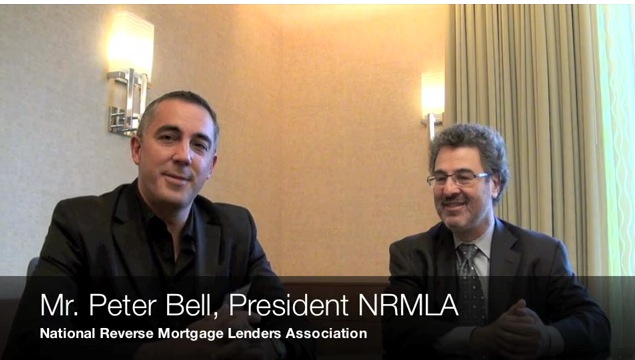Meeting Seniors Financial Challenges
 Many people look forward to retirement as a time of leisure, when they can finally relax and do what they wish: take a trip, play golf, or embrace a lifelong passion such as music or art.
Many people look forward to retirement as a time of leisure, when they can finally relax and do what they wish: take a trip, play golf, or embrace a lifelong passion such as music or art.
But if they’re hurting for money, none of these dreams will be easily realized. A recent study from Banker’s Life & Casualty found 14 percent of Baby Boomers have no retirement savings, while 55 percent of middle-income Boomers’ retirement accounts have balances under $100,000. The good news: many of these soon-to-be-retirees have significant equity in their homes.
The evolution of the reverse mortgage industry can serve the new Baby Boom seniors, who may be bewildered to suddenly find themselves house rich, yet cash poor.
Here are three key elements of reverse mortgages, then and now:
- 1961: The first reverse mortgage is created by a savings and loan executive as an act of kindness, to help a struggling widow make ends meet;
- 1989: Reverse mortgages become a federally insured program through the Housing and Community Development Act, signed into law by President Reagan;
- 2000: HUD begins requiring third-party reverse mortgage counseling as a consumer safeguard. Shortly thereafter, telephone counseling (in addition to in-person counseling) becomes available.
Today, with reverse mortgage information available through AARP and HUD, and backed by FHA insurance, reverse mortgages are a viable way for qualified seniors to tap their home’s equity to meet living expenses in later years.
Two common concerns you may also want to address at the outset:
- A homeowner can’t “outlive” the life of the loan. As longevity spirals upward, this has become a frequent misperception. There is no reason for a client to fear losing their home with a reverse mortgage, as long as at least one borrower remains on the property, and pays the property taxes and insurance on time.
- The reverse mortgage never has to be repaid by the aging homeowner, unless and until the property owner decides to move or sell, or vacates the home for more than one year.





